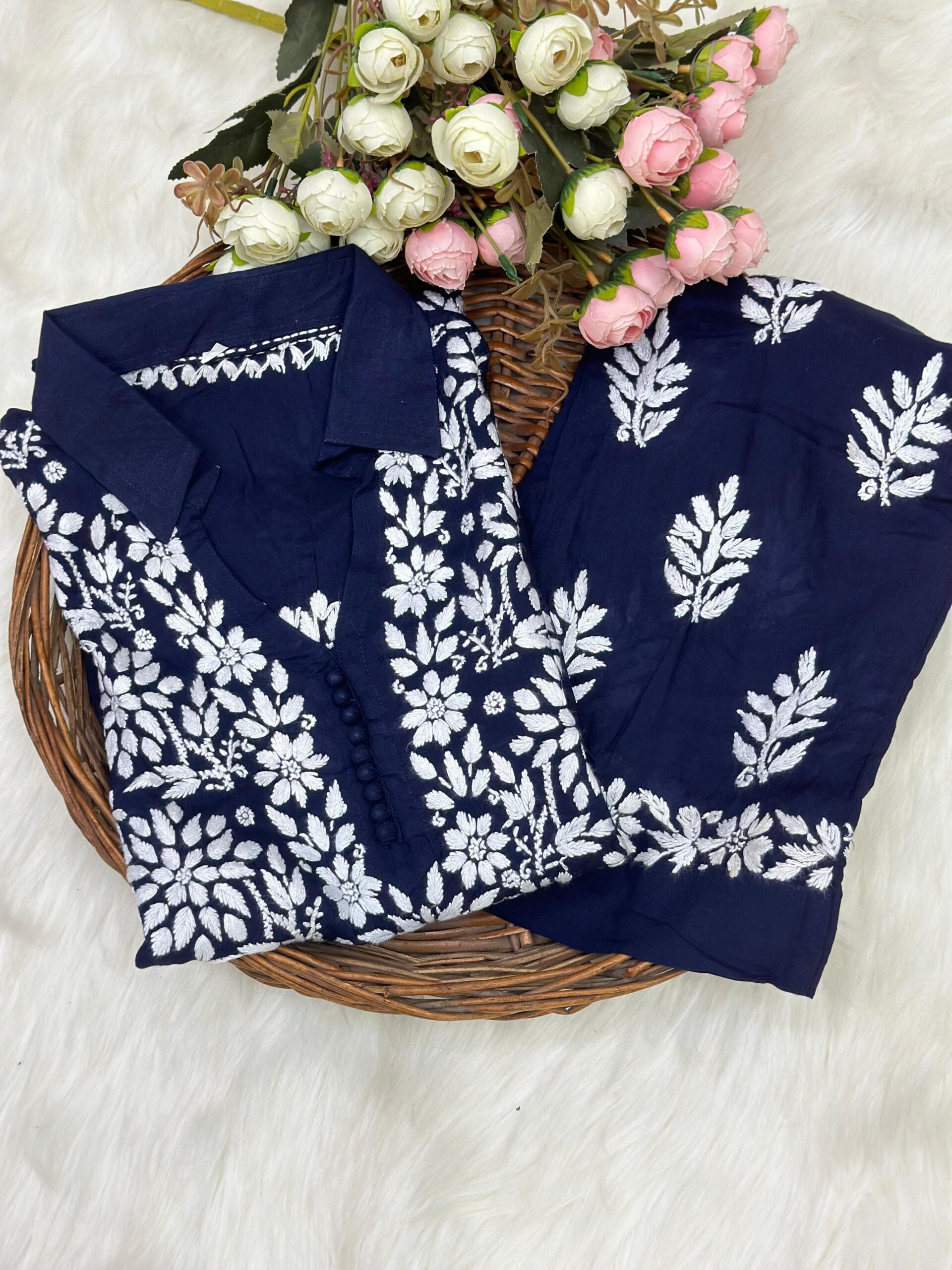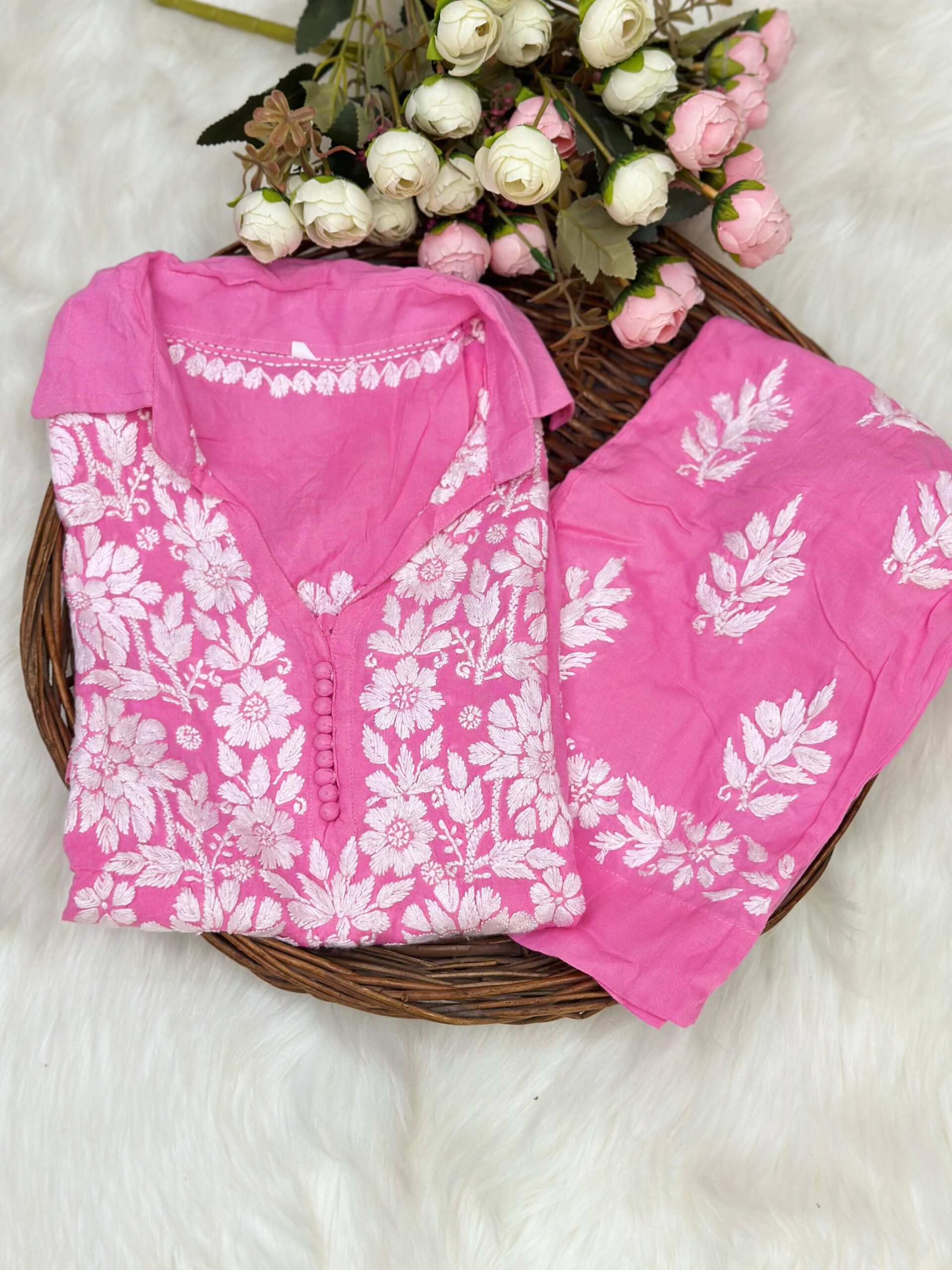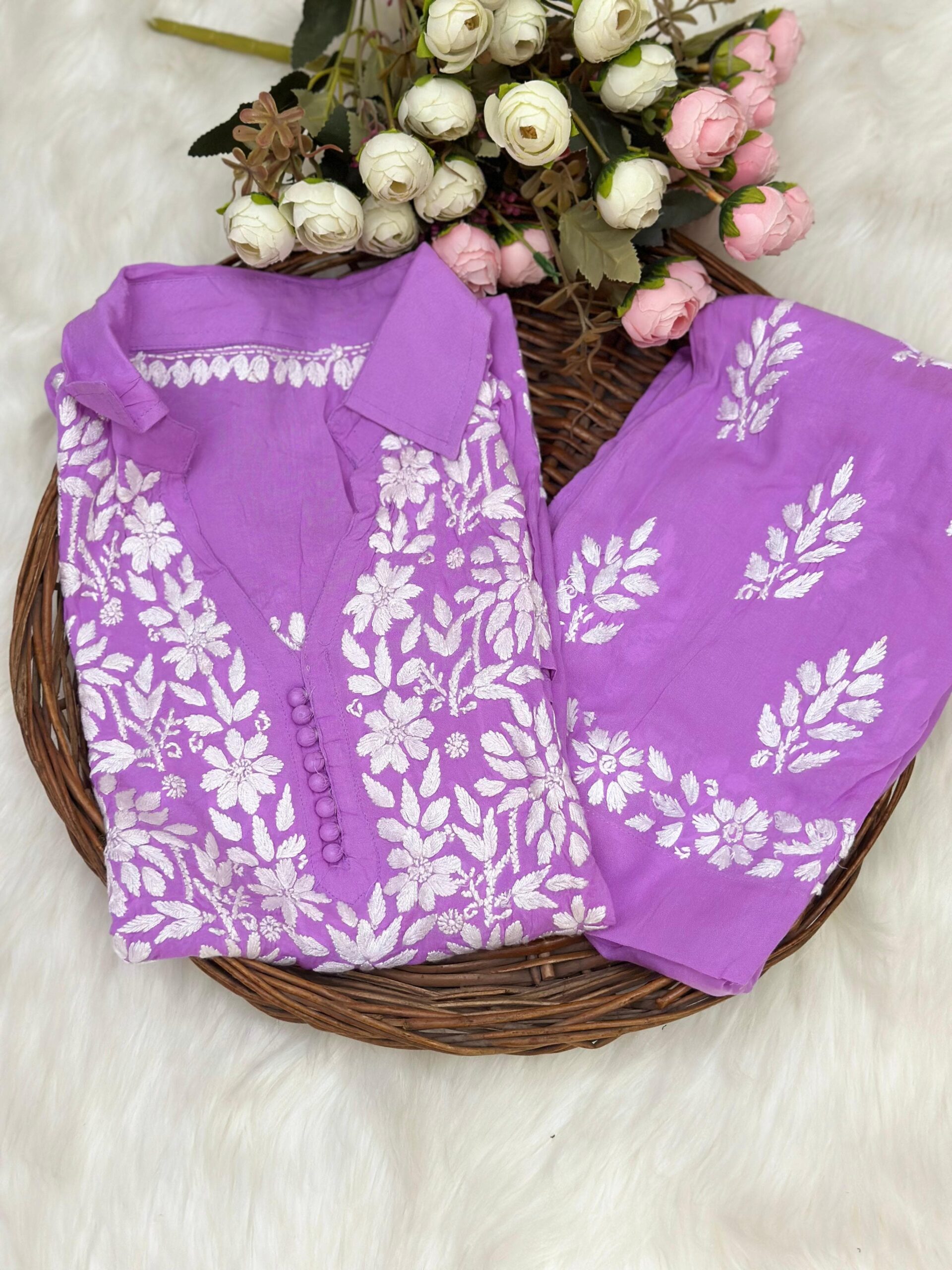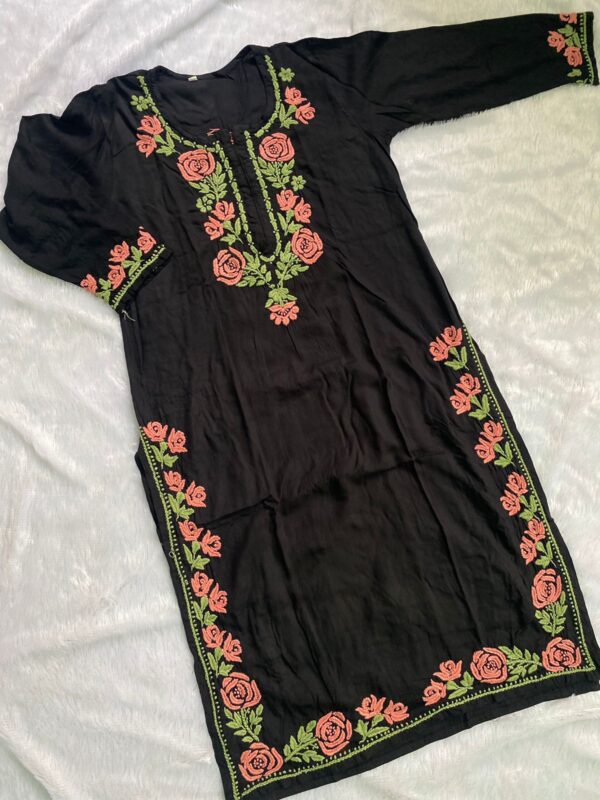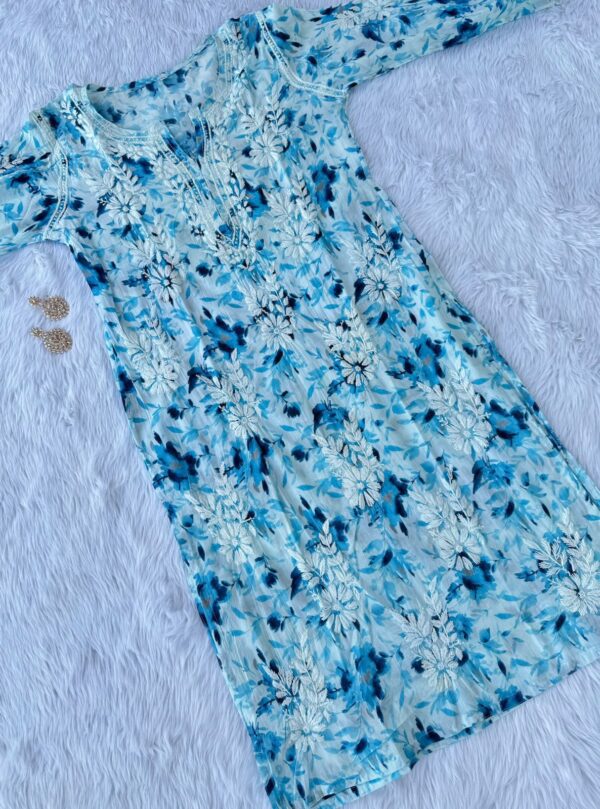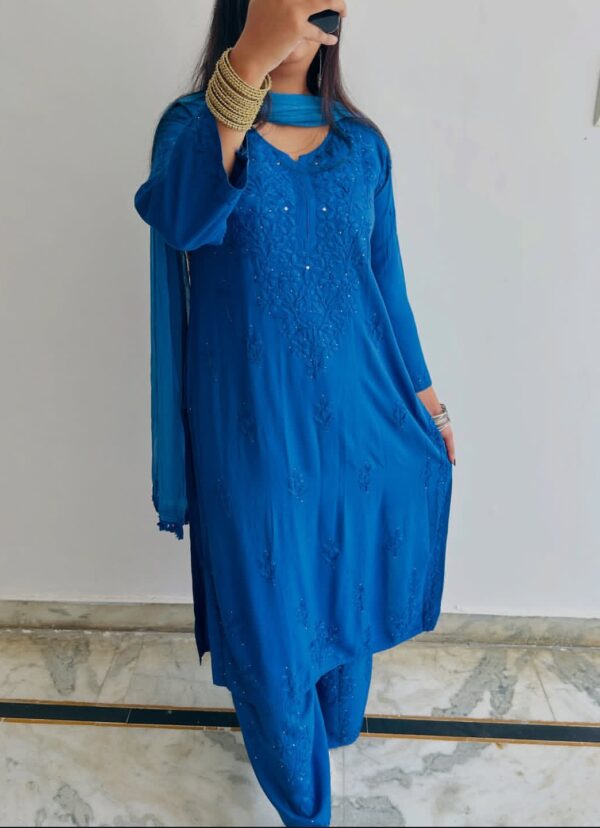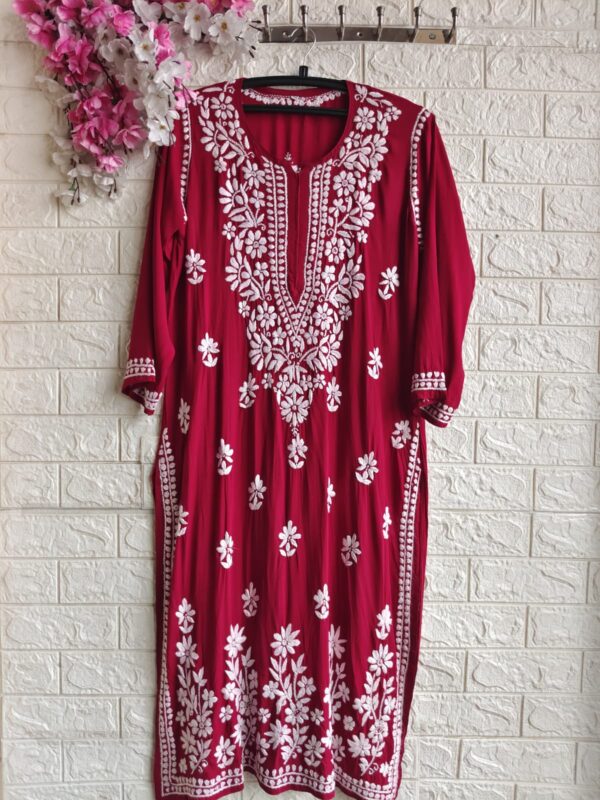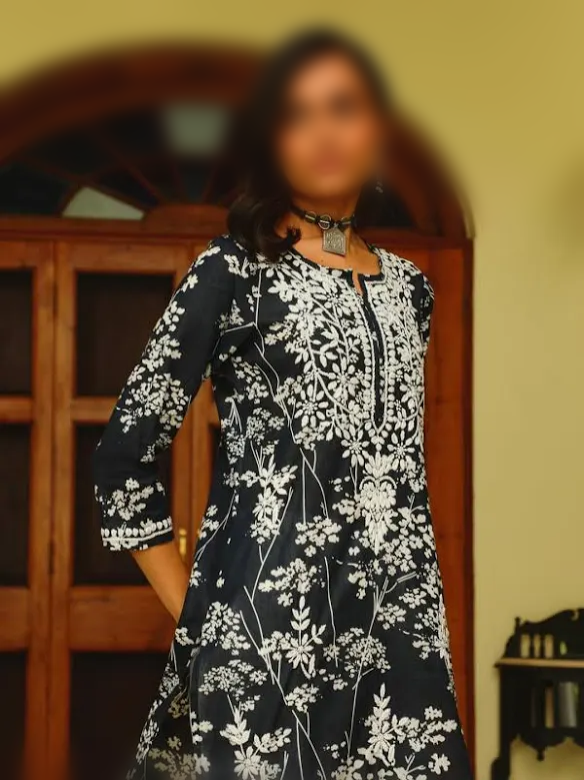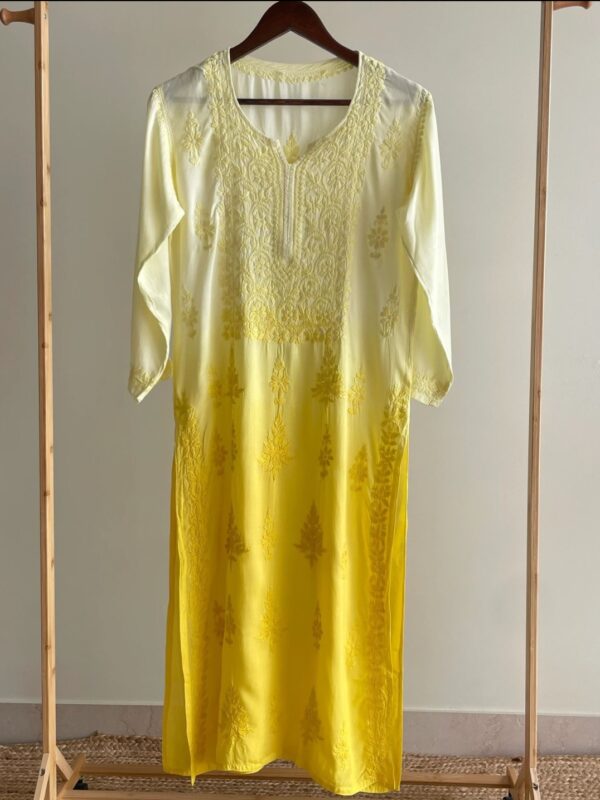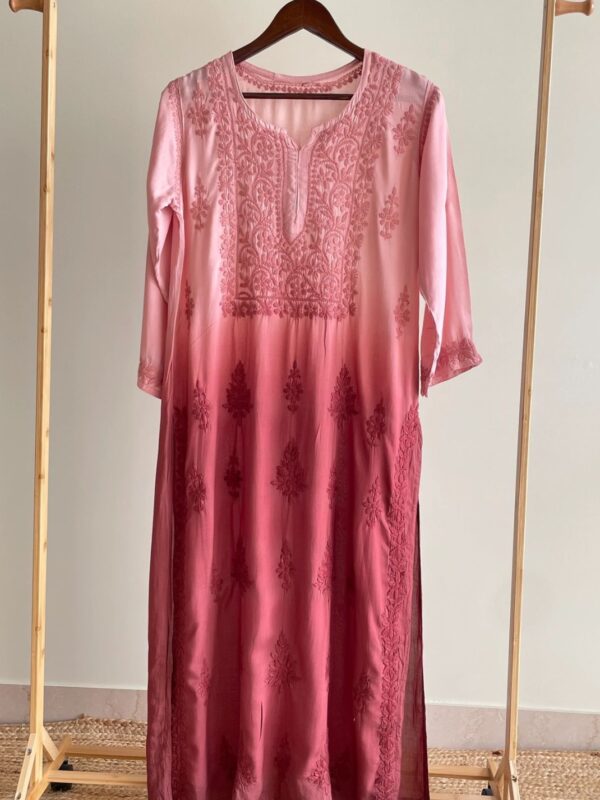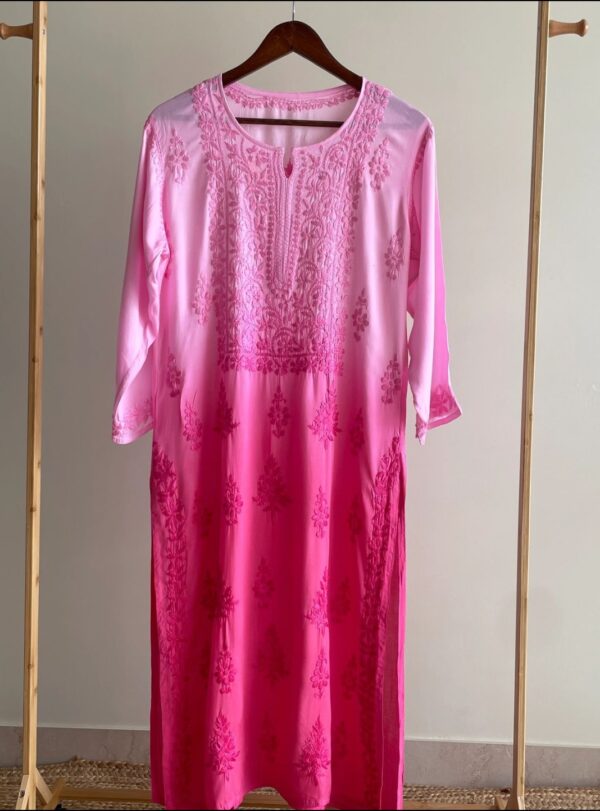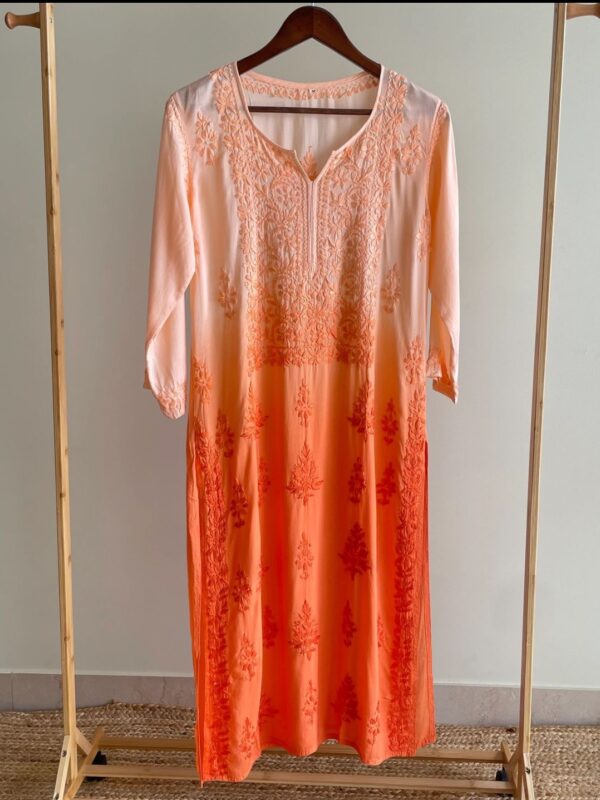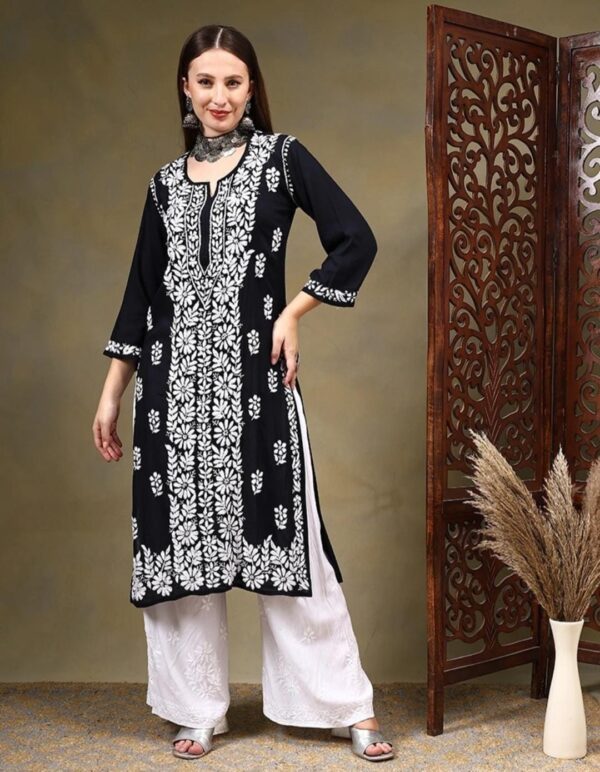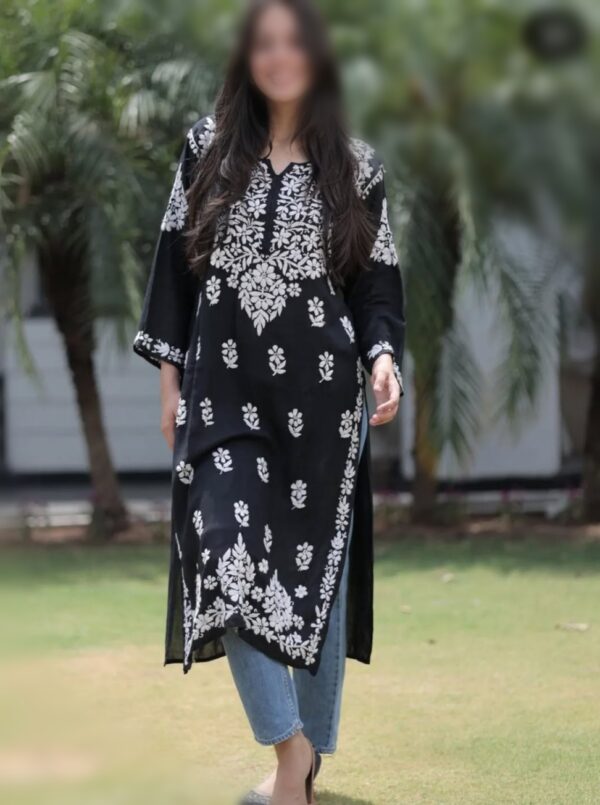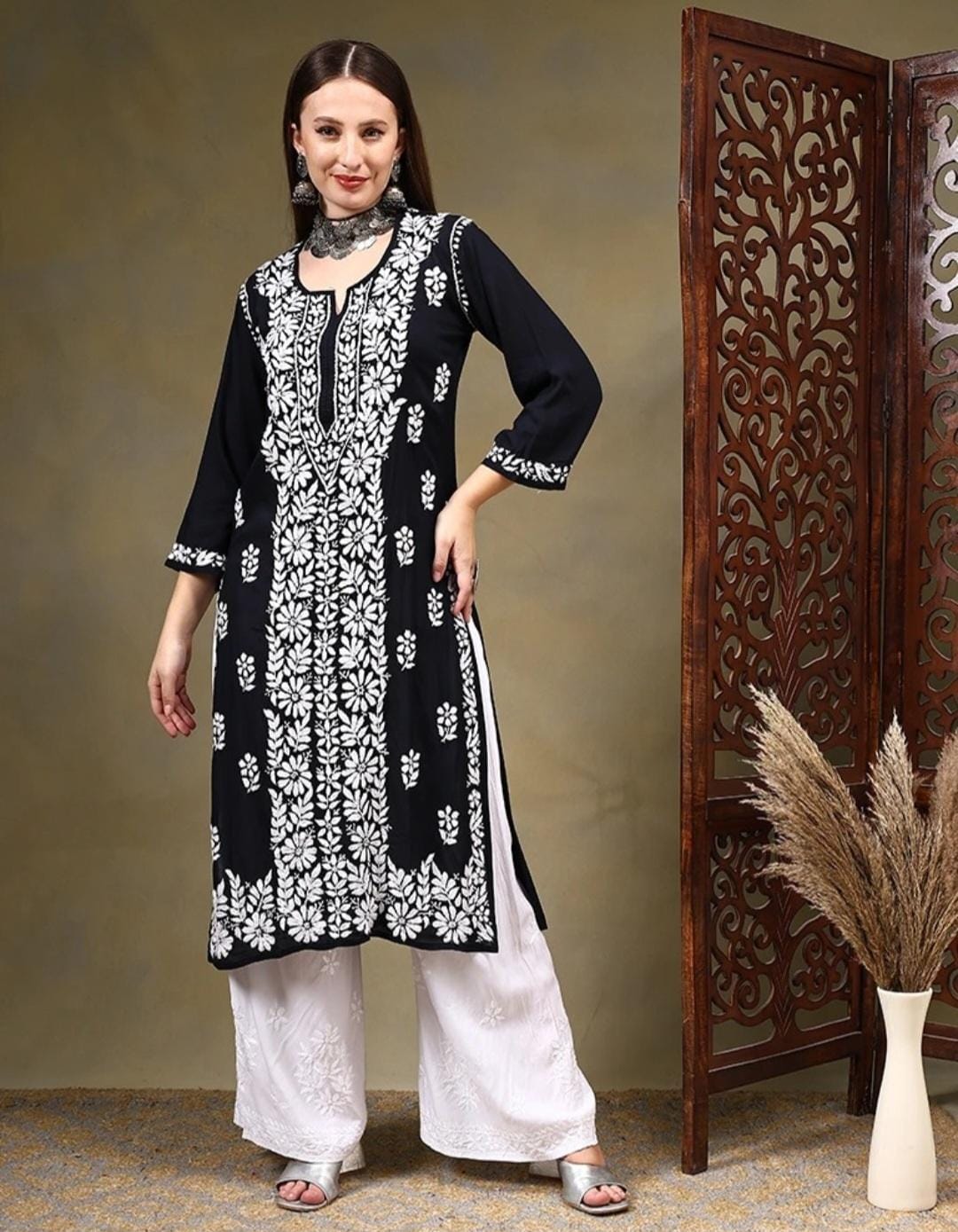
New Arrivals

Premium

Long Kurtas

Short Kurtas
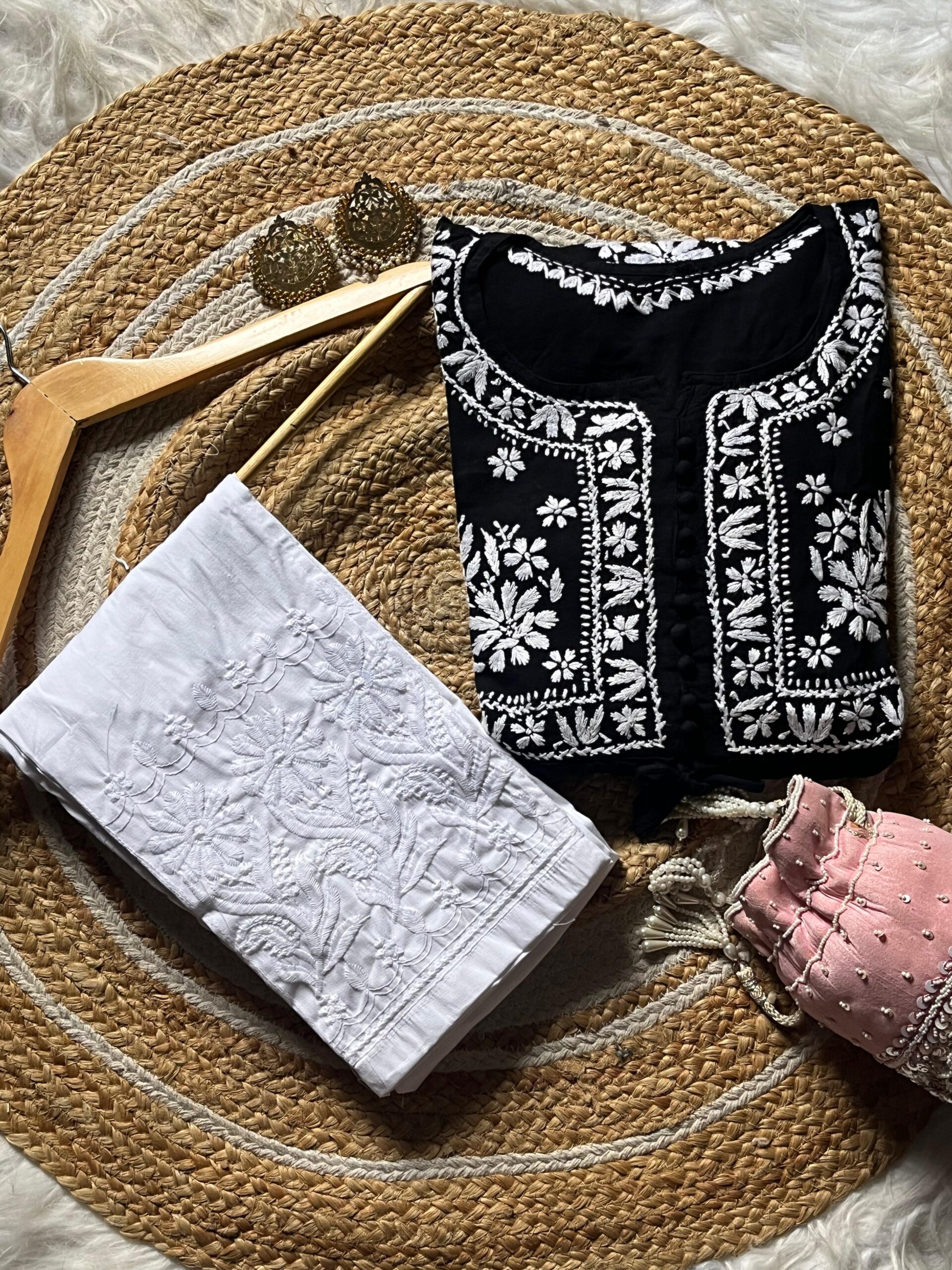
Bottoms

Gown
NEW ARRIVALS
-
PREMIUM Modal Chikankari Kurta Price
Original price was: ₹3,999.00.₹1,899.00Current price is: ₹1,899.00. -
PREMIUM Modal Chikankari Kurta
Original price was: ₹2,749.00.₹1,349.00Current price is: ₹1,349.00. -
PREMIUM Rayon Chikankari Designer Kurta
Original price was: ₹2,999.00.₹1,349.00Current price is: ₹1,349.00. -
NAINA Chikankari Mul Mul Kurta Set
Original price was: ₹2,999.00.₹1,599.00Current price is: ₹1,599.00. -
CHANDERI SILK Chikankari Kurta Set
Original price was: ₹3,799.00.₹2,099.00Current price is: ₹2,099.00. -
SARAH Chikankari Modal Kurta
Original price was: ₹2,899.00.₹1,349.00Current price is: ₹1,349.00. -
FARAH Chikankari Rayon Kurta
Original price was: ₹2,899.00.₹1,399.00Current price is: ₹1,399.00. -
IQRA Chikankari Premium Modal Kurta
Original price was: ₹3,299.00.₹1,625.00Current price is: ₹1,625.00. -
RAYON Chikankari Kurta
Original price was: ₹1,899.00.₹999.00Current price is: ₹999.00. -
MUL MUL Chikankari Kurta
Original price was: ₹1,799.00.₹949.00Current price is: ₹949.00. -
PREMIUM Rayon Mukaish Work Chikankari Kurta Set
Original price was: ₹3,499.00.₹1,799.00Current price is: ₹1,799.00. -
ZIYA Chikankari Modal Kurta
Original price was: ₹2,499.00.₹1,325.00Current price is: ₹1,325.00.
CATEGORIES
KURTA SET
-
AAYAT Chikankari Mul Mul Kurta
Original price was: ₹1,499.00.₹849.00Current price is: ₹849.00. -
ANA Chikankari Modal Kurta
Original price was: ₹2,499.00.₹1,299.00Current price is: ₹1,299.00. -
ANA Chikankari Modal Ombre Kurta
Original price was: ₹2,499.00.₹1,299.00Current price is: ₹1,299.00. -
ANA Chikankari Modal Ombre Shade kurta
Original price was: ₹2,499.00.₹1,299.00Current price is: ₹1,299.00. -
ANA Chikankari Modal Ombre Shade Kurta
Original price was: ₹2,499.00.₹1,299.00Current price is: ₹1,299.00. -
ANAYA Chikankari Modal Kurtas
Original price was: ₹2,599.00.₹1,349.00Current price is: ₹1,349.00. -
BLACK Chikankari Modal Kurta
Original price was: ₹2,499.00.₹1,349.00Current price is: ₹1,349.00. -
CHANDERI SILK Chikankari Kurta Set
Original price was: ₹3,799.00.₹2,099.00Current price is: ₹2,099.00. -
FARAH Chikankari Rayon Kurta
Original price was: ₹2,899.00.₹1,399.00Current price is: ₹1,399.00.
Popular KURTAS
-
AAYAT Chikankari Mul Mul Kurta
Original price was: ₹1,499.00.₹849.00Current price is: ₹849.00. -
ANA Chikankari Modal Kurta
Original price was: ₹2,499.00.₹1,299.00Current price is: ₹1,299.00. -
ANA Chikankari Modal Ombre Kurta
Original price was: ₹2,499.00.₹1,299.00Current price is: ₹1,299.00. -
ANA Chikankari Modal Ombre Shade kurta
Original price was: ₹2,499.00.₹1,299.00Current price is: ₹1,299.00. -
ANA Chikankari Modal Ombre Shade Kurta
Original price was: ₹2,499.00.₹1,299.00Current price is: ₹1,299.00. -
ANAYA Chikankari Modal Kurtas
Original price was: ₹2,599.00.₹1,349.00Current price is: ₹1,349.00.
Influencer’s pick
🪡 A Brief History of Traditional Indian Chikankari Craftsmanship :
Chikankari, one of India’s most delicate and exquisite forms of hand embroidery, traces its origins back to the Mughal era, over 400 years ago. Believed to have been introduced by Empress Noor Jahan, the wife of Emperor Jahangir, Chikankari flourished under royal patronage and became a symbol of elegance and sophistication.
The word Chikan is derived from the Persian word Chikeen or Chikeen Kari, meaning embroidery. Initially, it was done with white thread on fine muslin fabrics, especially mulmul (soft cotton), reflecting the minimalist aesthetic of Mughal artistry. With time, it evolved to include subtle pastel shades and a variety of fabrics like silk, georgette, chiffon, and organza.
Lucknow, in the northern Indian state of Uttar Pradesh, emerged as the hub of Chikankari. The craft became deeply intertwined with the city’s identity, thanks to its Nawabi culture and appreciation for fine arts. Chikankari artisans, known as karigars, developed more than 30 intricate stitching techniques, including Bakhiya (shadow work), Phanda, Murri, and Keel Kangan, each adding unique texture and depth to the fabric.
Despite the rise of machine embroidery and modern fashion, traditional Chikankari continues to thrive due to its timeless beauty and the craftsmanship passed down through generations. Today, it remains a celebrated art form in India’s fashion landscape and a source of pride for Lucknow’s cultural heritage.

